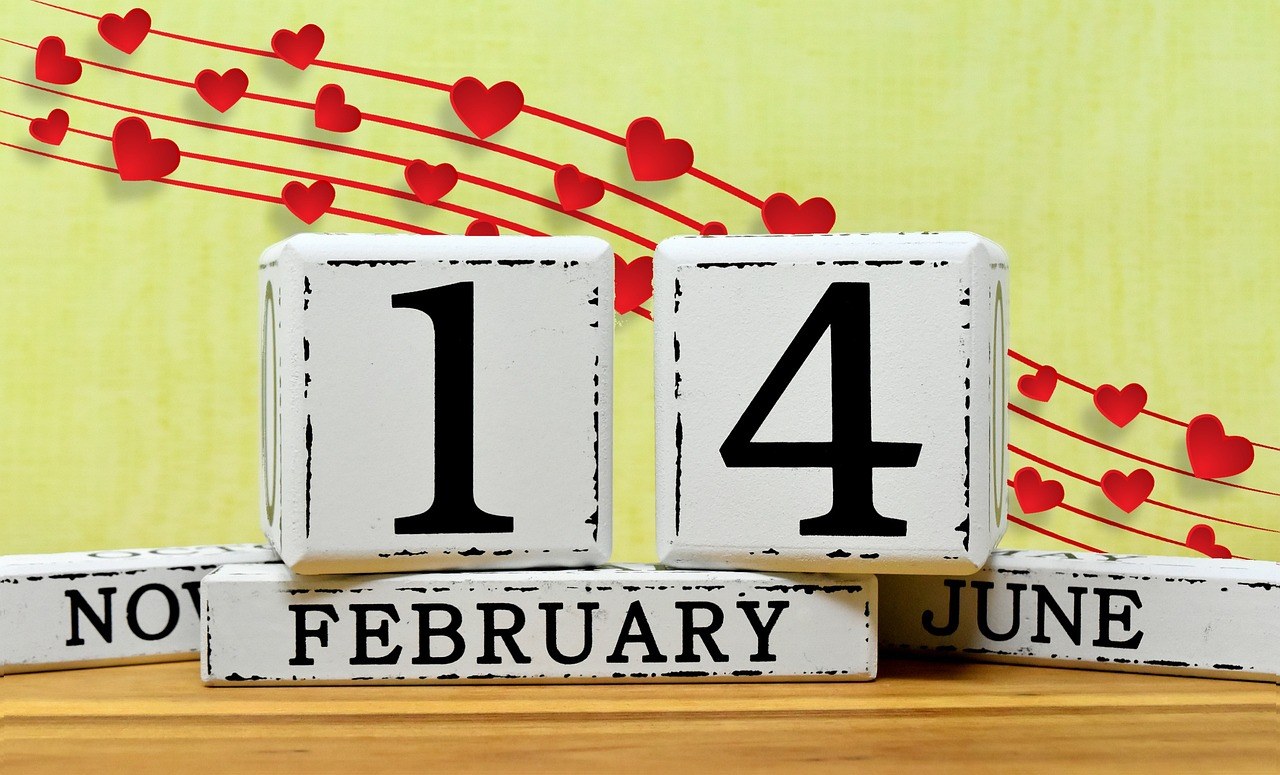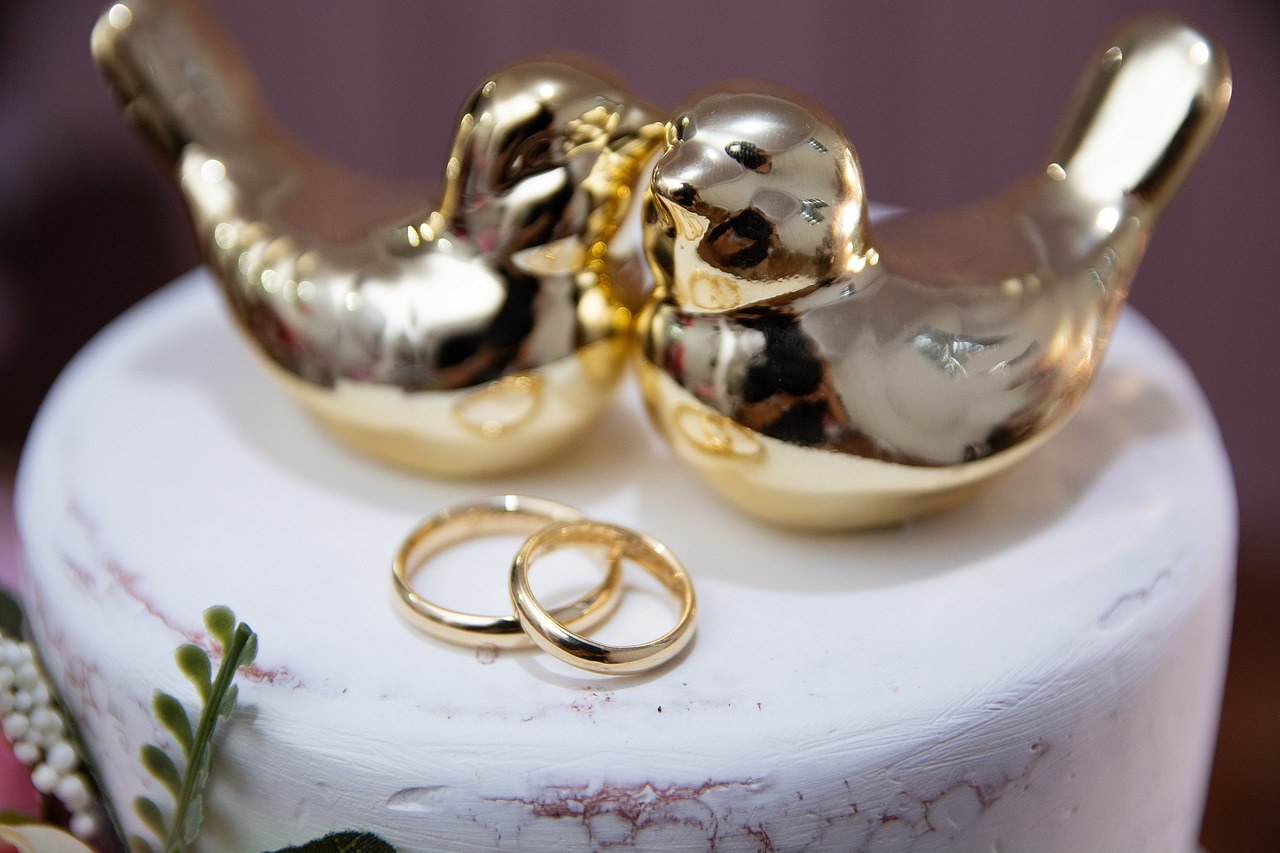When someone lingers in your mind long after you’ve closed your eyes at night, it can feel like your thoughts have been hijacked. That fluttery mix of hope and nerves has a name – a crush – and it can be both delightful and distracting. If you’ve been replaying conversations, stalking your own messages for hidden meanings, and building movie-length daydreams, you’re not alone. Many people wrestle with the same cycle of anticipation and letdown, wondering if what they’re feeling is typical and whether there’s a clear way out. Good news: there is a way to understand what’s happening and there are concrete steps you can take to let go with kindness to yourself.
What feels normal when you can’t stop thinking about someone
At first, a crush often feels like a private celebration – a fun secret that turns dull errands into a highlight reel. Your attention snaps to their name on a roster, your heart trips when you pass their hallway, and suddenly ordinary songs seem to be winking at you. That surge of energy can be healthy and even motivating; it reminds you that you want connection and that you’re capable of noticing beauty. It can also be wildly inconvenient. One moment you’re focused, the next you’ve spent twenty minutes imagining a conversation that never happened. The fluctuation is normal – some days you feel pulled toward the crush as if by gravity, and some days you’re surprised by a sense of detachment.
What matters most isn’t whether the feelings appear – they will – but how you care for yourself while they’re around. If thinking about your crush crowds out sleep, study, work, or friendships, it’s time to steer your attention gently back to the life you’re actually living. That doesn’t require judging yourself; it requires a plan. Before the plan, though, it helps to know the usual arc.

How long does infatuation usually linger?
Popular wisdom suggests that early infatuation tends to soften after a few months. Many people find that the burst of romantic obsession settles near the four-month mark – long enough for the brain’s novelty fireworks to cool. If your crush fades around that time, you’re in familiar territory. If it lingers, that may be a sign your feelings have deepened, or it may simply mean your environment constantly re-sparks your interest. People are different, and circumstances amplify emotions – proximity, shared classes, small workplaces, or a friend group where the crush is always present can keep embers glowing. None of that makes your experience wrong; it simply means your path forward might require more deliberate boundaries.
The takeaway is simple: there’s no stopwatch for the heart. Use the four-month idea as a reference, not a verdict. What counts is whether your routines, values, and wellbeing remain intact while the crush runs its course.
Should you say something or keep it to yourself?
Sometimes the healthiest way to ease tension is to acknowledge it. If the dynamic is safe and respectful, letting the person know you’re interested can provide clarity – a yes unlocks a new chapter, a no frees you to move on without guesswork. That said, silence can also be strategic when a confession would complicate shared spaces or power dynamics. If they’re your instructor, manager, or someone whose boundaries you don’t fully understand, you’re not obligated to speak. In either case, what matters is that you’re honest with yourself about what you want and what outcome you can handle.

If you decide not to share your feelings, the plan below still helps. A crush thrives on fantasy and repeated exposure; reduce both, and its grip loosens.
When you know it’s time to move forward
Maybe they turned you down kindly. Maybe they’re dating someone you know. Maybe you glimpsed enough of the real person to realize the image in your head doesn’t match. Whatever the reason, choosing to release a crush is an act of self-respect. It doesn’t mean the feelings were silly – they were sincere – but it does mean you’re ready to protect your energy. Picture the decision as stepping off a carousel: the music keeps playing, but you’re back on solid ground.
A step-by-step plan to let go with compassion
Below is a practical roadmap you can follow. Each step nudges your attention away from the fantasy and toward the life that’s waiting for you right now.

Name what pulled you in. Write a short list of qualities that drew you to this person – humor, creativity, kindness, style. Get specific. Then add a second column called “evidence,” where you note actual moments that backed up those qualities. This exercise separates the living, breathing human from the montage your mind edited together. Seeing the difference helps the crush feel less like destiny and more like a story your brain enjoyed telling.
Treat the comedown like heartbreak. Even if you never dated, your emotions invested. Give yourself space to feel it – a weekend cocoon, a playlist, a long shower cry that rinses away tension. Ritualizing the release acknowledges that a crush can ache, and it removes the shame of “why am I upset over nothing?” It wasn’t nothing; it was hope. Let it be sad, then let it pass.
Create gentle distance. When your nervous system gets a break from the stimulus, it recalibrates. Sit away from their usual seat, choose a different study corner, swap a shift if that’s possible. You’re not avoiding forever; you’re giving your mind a chance to stop bracing for a chance encounter. Distance is not drama – it’s hygiene for attention.
Pause the scroll. If your thumbs keep finding their profile, help yourself out. Mute, unfollow, or – if that’s kinder to your heart – temporarily remove the connection. The goal isn’t to punish anyone; it’s to prevent the micro-hits of novelty that keep the crush glowing. Notice the reflex to check and replace it with a small alternative: message a friend, stretch, breathe for ten counts. Repetition rewires.
Stop gathering updates. Curiosity wants to know who they sat with at lunch, what they posted at midnight, whether they looked happy this morning. Kindly opt out. Tell trusted friends you’re taking a break from news about this person and would prefer not to hear updates. Removing secondhand information starves the endless “what if” loop.
Be honest about the story you built. A crush often flourishes in idealized spaces – hallways, brief chats, social feeds where the messier parts of life don’t appear. Remind yourself that you know a slice, not the whole. Consider past moments when a dazzling first impression didn’t hold up under real-life logistics. That memory – not cynicism, just perspective – helps loosen the sense that this crush is uniquely fated.
Expect the fade to be uneven. Feelings rarely dissolve in a straight line. Some mornings you’ll barely think about them; later that afternoon a song, a hallway laugh, or a scent will light everything up again. That spike isn’t failure – it’s the nervous system reacting to cues. Let the wave rise and fall without adding meaning. Over time, the waves shrink.
Expand your circle without rebounding. Meeting new people reminds you that attraction is abundant. Join a study group, say yes to a game night, try a class you’re curious about. The aim isn’t to replace one crush with another; it’s to diversify your world so one person no longer feels like the only color on the palette.
Fill your time on purpose. Idle hours invite rumination. Choose activities that engage your senses and body: cook something with a bold aroma, reorganize a shelf, take a long walk, lift weights, sketch for fifteen minutes. Attention likes objects – give it healthy ones. Keep your phone in another room for a stretch so muscle memory doesn’t drag you back to their photos.
Flirt lightly to wake up your social confidence. A little banter can be an antidote to tunnel vision. Smile at the barista, compliment a classmate’s shoes, share a joke in a group chat. You’re not hunting for a new obsession; you’re reminding yourself that chemistry can spark in many places. That realization gently dethrones the crush from the main stage.
Rewrite the narrative with kindness. When the mind replays highlights – the laugh, the glance, the almost-text – add a new ending: you choose you. Imagine walking out of the scene, taking a deep breath, and stepping into sunlight. Corny? Maybe. Effective? Often. The brain loves rehearsal. Rehearse closure.
Anchor routines that don’t involve them. Create a morning cue (stretch, water, three gratitudes) and an evening cue (journal two sentences, read a page, lights out). Habit anchors bring predictability when emotions are wobbly. Each day you complete the cues without the crush intruding feels like a tiny victory – and tiny victories stack.
Protect places that are yours. If your usual coffee spot is where you always see them, claim a different corner or try a new café for a while. If you share a club, switch tasks so your paths cross less. You’re carving out neutral zones where your nervous system can rest. Over time, you’ll be able to revisit old spaces without the jolt.
Lean on your people. Tell one or two friends, “I’m working on letting this go; can we talk about anything else when I slip into a spiral?” Friends who respect your boundary help shorten the lifespan of a stubborn crush by refusing to feed it. Let them celebrate your small wins with you – the first day you didn’t check a profile, the first week you walked by without scanning the room.
Give your body a vote. Emotions are chemical – your body experiences them as tension, heat, or a zing behind your eyes. Move that energy. A brisk walk can metabolize a spike of longing faster than three hours of overthinking. Eat actual meals, hydrate, and sleep – basic care sounds boring, but it narrows the window where the crush can hijack your mood.
Let reminders mean less. You don’t have to erase every song or route. Instead, practice seeing them and saying, “There’s that thing,” with a gentle exhale. Neutral labels lower the temperature. If certain cues are too hot right now, that’s okay – take a temporary detour. The goal is eventual neutrality, not martydom under constant exposure.
Understanding the fantasy engine
One reason a crush feels so potent is that it runs on partial information. You fill the gaps with your best hopes, then your brain rewards you with a hit of anticipation. That system – a spotlight on the good, a shrug at anything that contradicts it – makes moments feel charged. Notice the engine and it loses mystique. Ask yourself: what would daily life look like with this person on an average Tuesday? Schedules, moods, chores, mismatched habits – the unglamorous mix that defines real relationships. If you can’t imagine the ordinary without stretching, you probably built a stage for the crush that real life could never occupy.
Why distance and quiet help more than arguments with yourself
Trying to logic your way out of emotion often backfires. If you argue with the crush in your head – “I shouldn’t like them” – your attention stays locked in place. That’s why simple environmental tweaks matter more than perfect reasoning. Less exposure equals fewer triggers; fewer triggers equals fewer spirals; fewer spirals equals less intensity. You’re not proving anything to yourself – you’re letting the system wind down.
What “moving on” actually looks like day to day
It looks ordinary: finishing assignments on time, texting friends back, noticing sunlight on a wall, laughing at a meme, remembering to bring a jacket. Progress shows up as the crush shifting from foreground to background. You still notice their presence – you just don’t reorganize your day around it. When you slip (and you will), you return to your steps without drama. That steadiness is how attention reroutes from the imagined connection to the real one you have with your own life.
When the crush keeps circling back
Some setups make letting go tougher: shared projects, small programs, overlapping friend groups. If you can’t shift those arrangements, adjust expectations. Instead of hoping the feeling vanishes overnight, aim for tiny gains – one fewer check, one new habit, one conversation redirected. If you confessed and were turned down, remind yourself that rejection is information, not a referendum on your worth. The person’s choice says more about their timing and needs than your value. Stay curious about your own future instead of their timeline – that curiosity is the bridge out.
Reframing what the experience gave you
You noticed what lights you up – a style of humor, a creative spark, a certain kindness. Keep the insight and let the specific face fade. A crush is a mirror; it reflects desires you can carry forward. Use the list from step one as a blueprint for what to welcome in future connections. That way the experience wasn’t a detour – it was a map.
A gentle closing note
Attraction is part of being human; it animates us, complicates us, and sometimes makes us laugh at ourselves. If you’ve been holding a crush that’s outstayed its welcome, you can release it without hardening your heart. Set boundaries, honor your feelings, and return attention to the life unfolding around you. One morning – sooner than you expect – you’ll realize you went a whole day without scanning the room for their face, and in that quiet space, your own plans will feel vivid again.